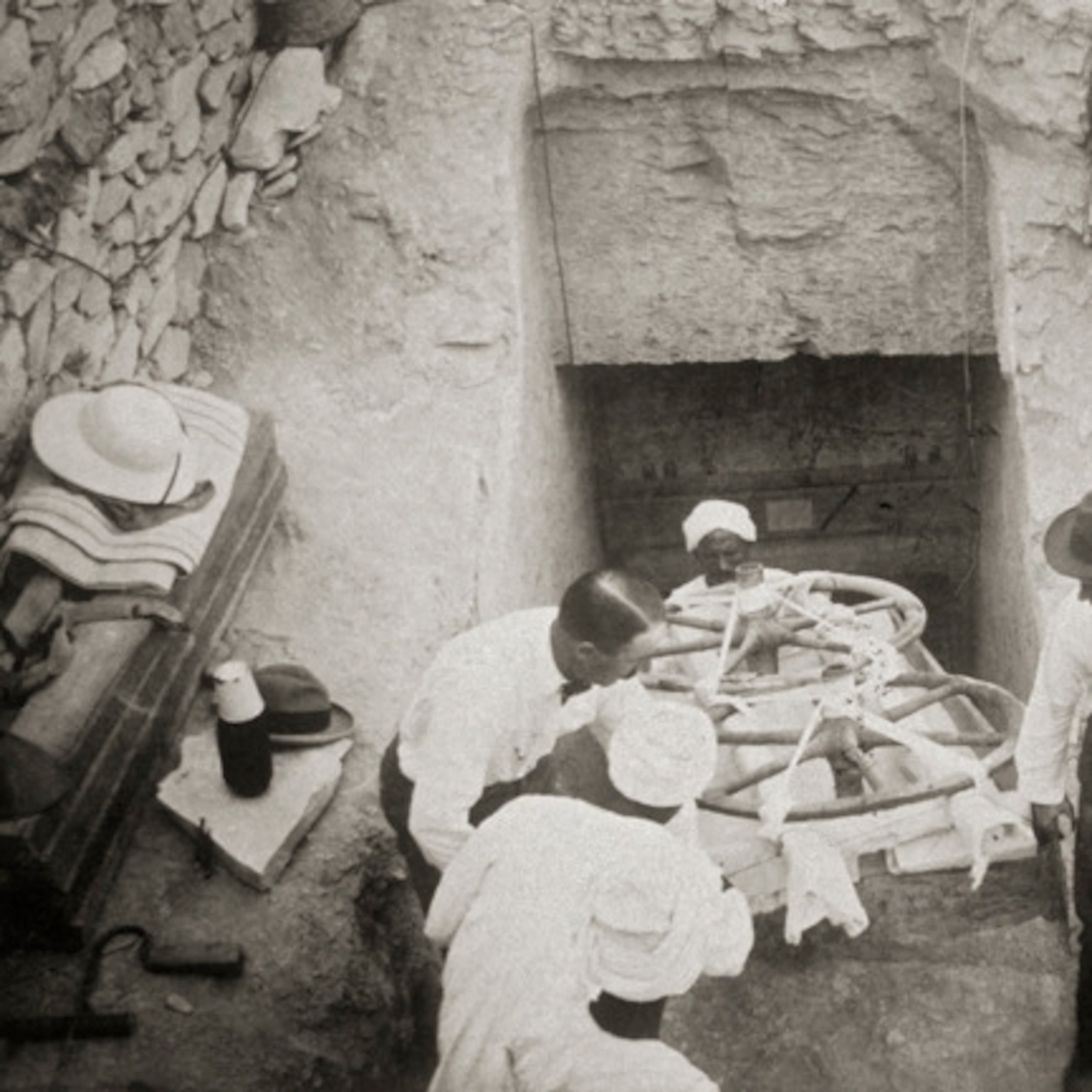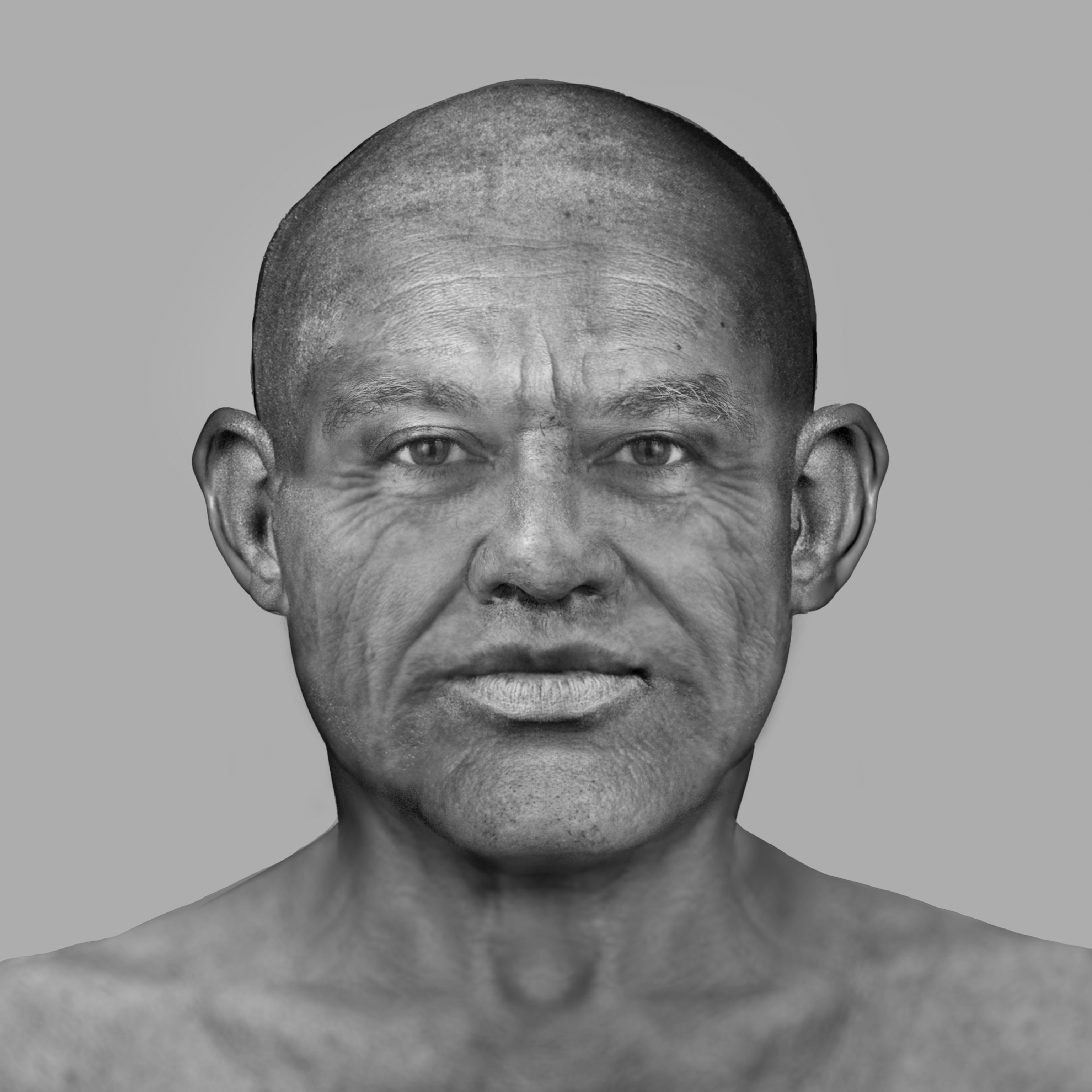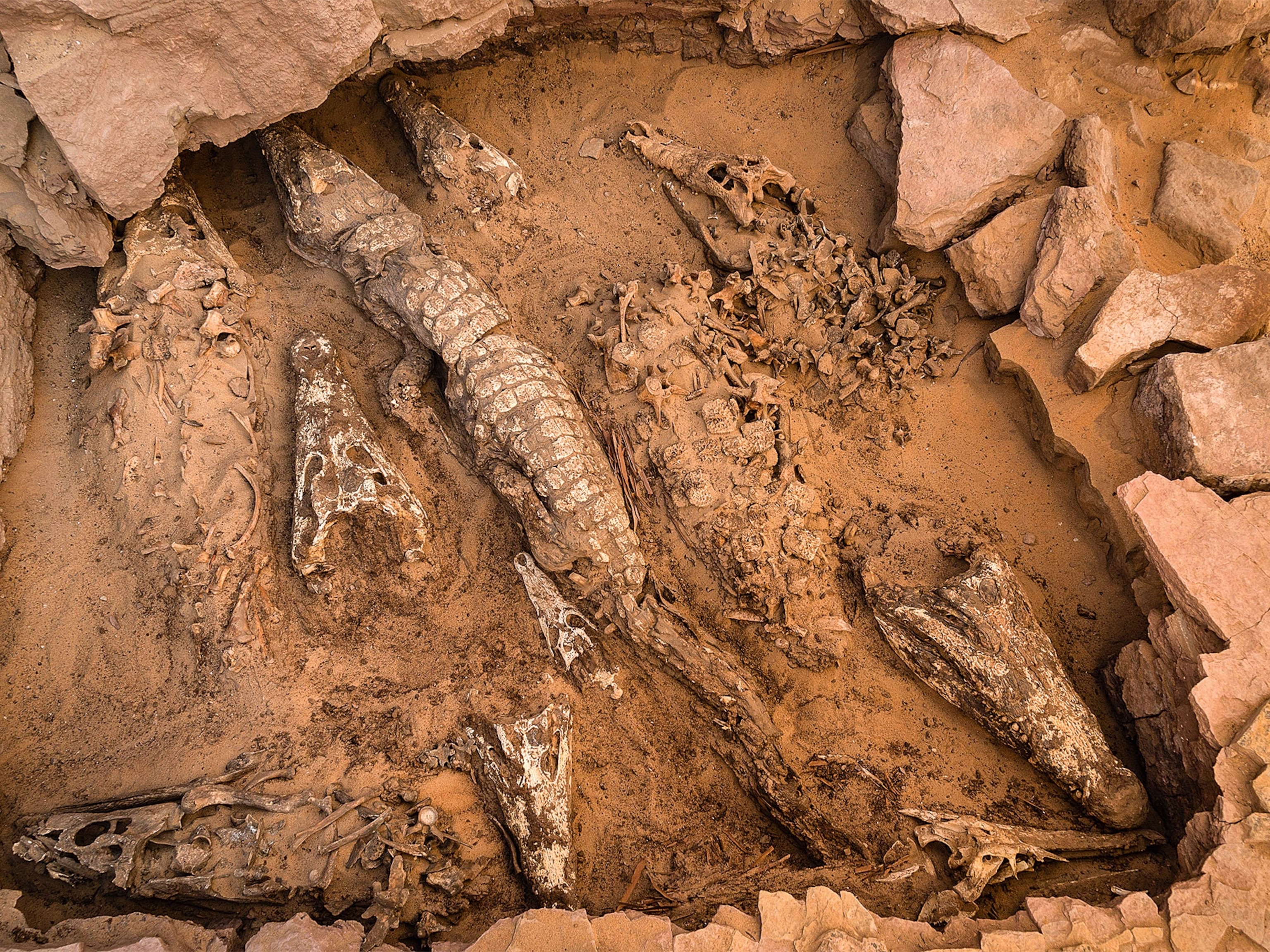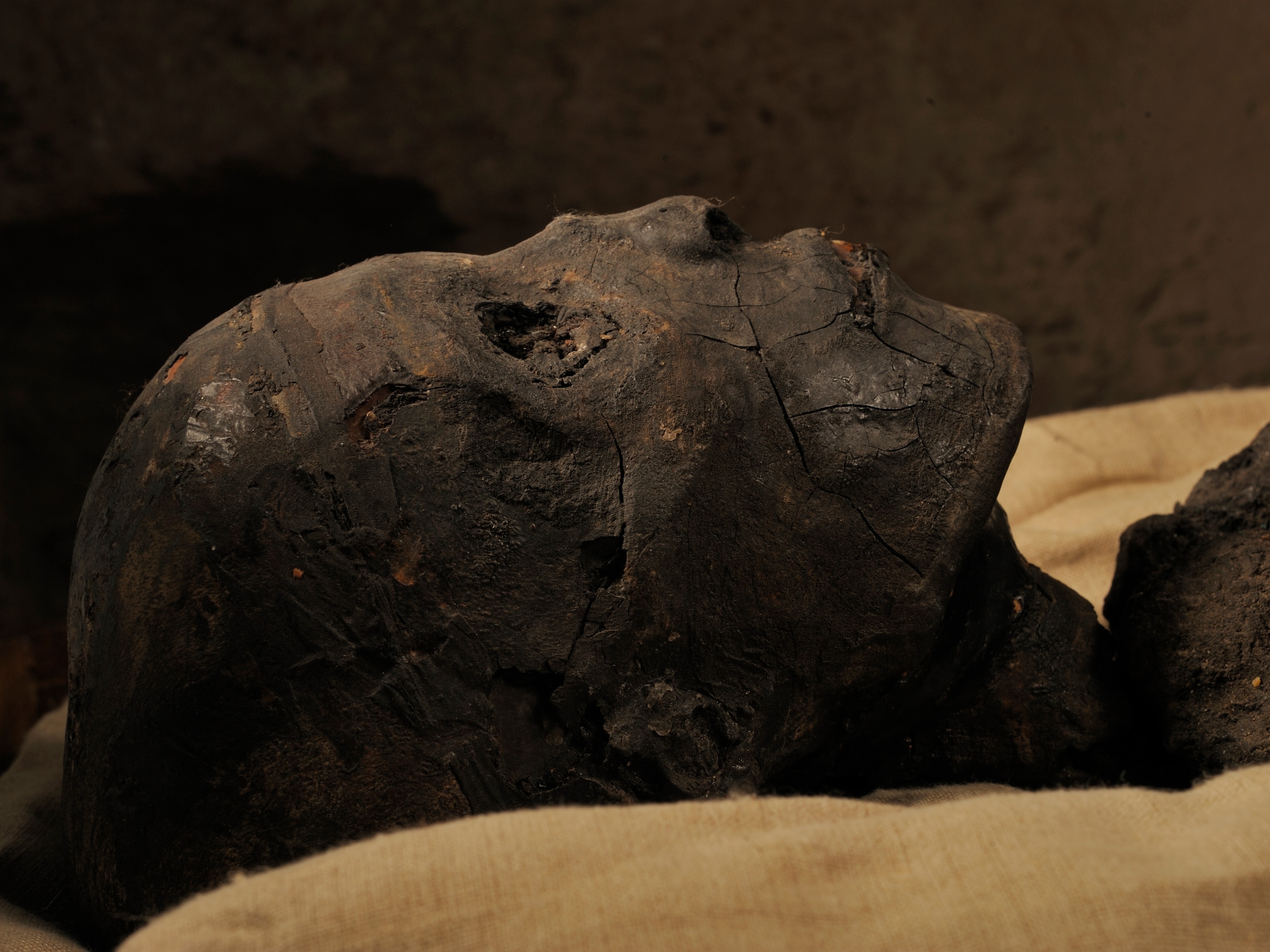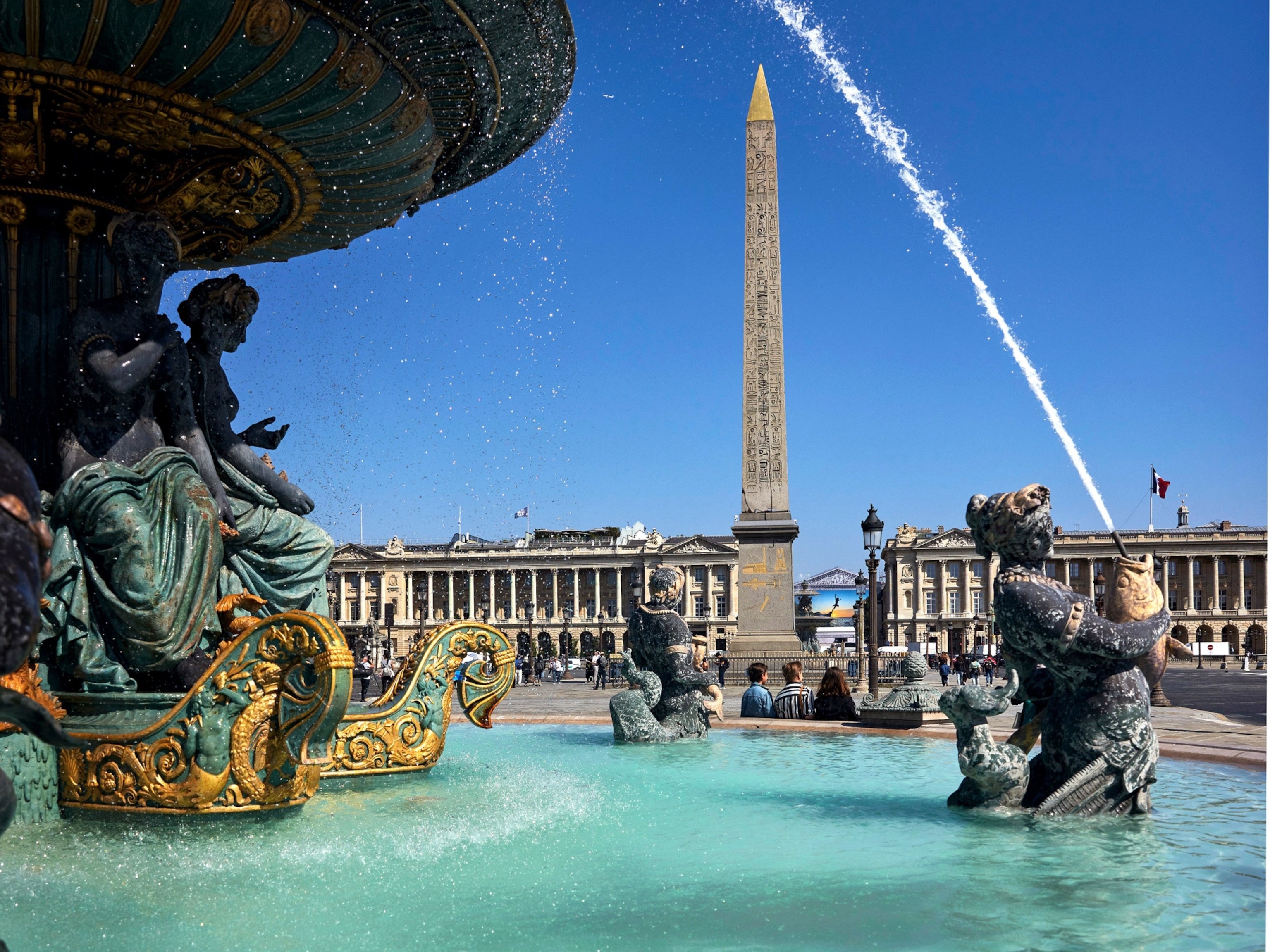Europe's morbid 'mummy craze' has been an obsession for centuries
Whether ground up as medicine or on display at 'unwrapping parties,' Egyptian mummies fascinated Europeans, giving rise to what's known as Egyptomania.
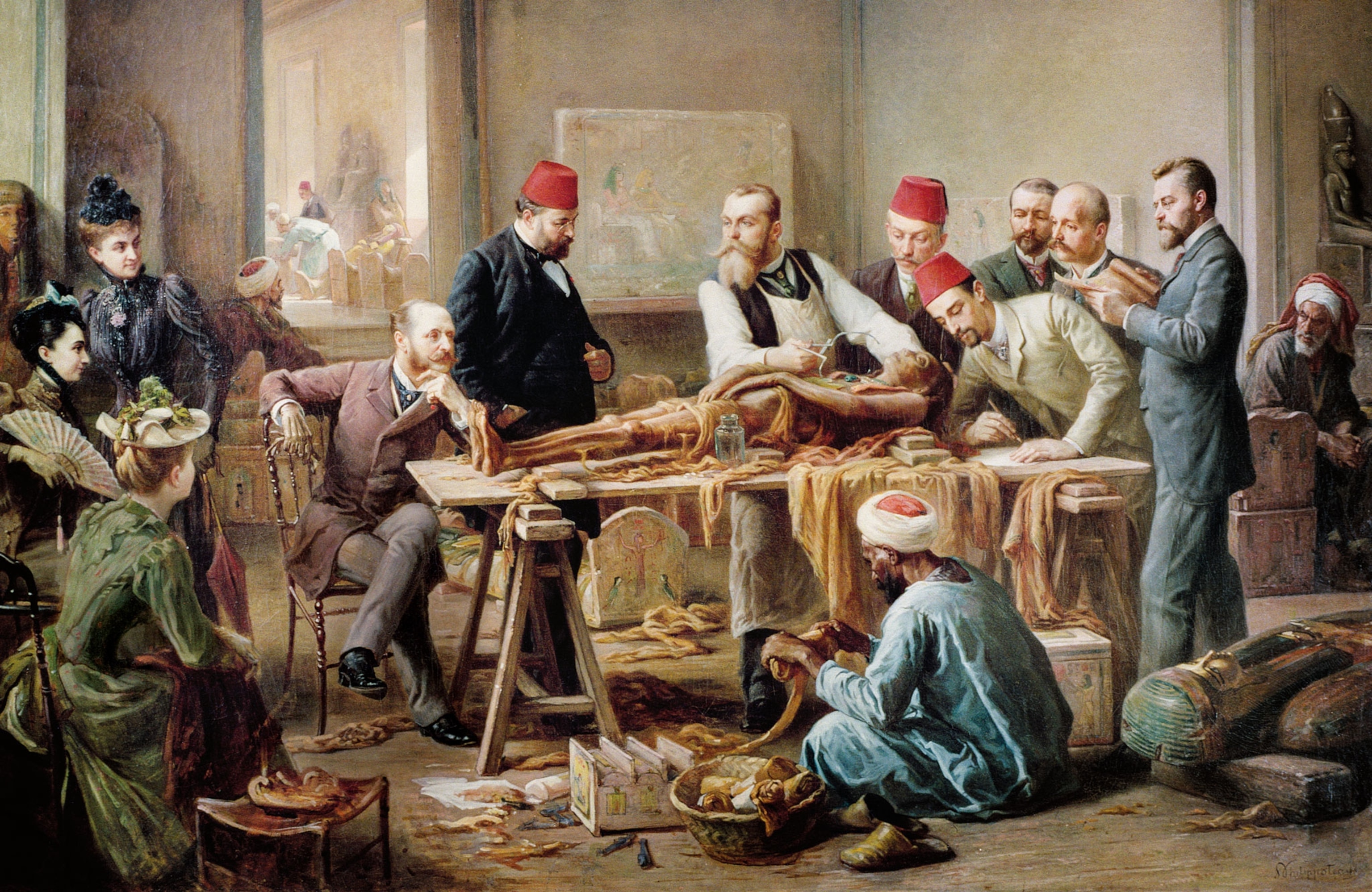
Mummies are often a star attraction at many of the world’s great museums. Their temperature-controlled glass cabinets protect and preserve these bodies, which are thousands of years old. Locked within them is the history of how people lived along the Nile many millennia ago. Modern scholars treat them with reverence and great care, but it was not always the case.
Until very recently, Egyptian mummies were used by Europeans for practical rather than academic purposes. Their bodies were treated as a commodity because of the medical, supernatural, and physical characteristics they were believed to possess. Starting in the 15th century, merchants sought to profit from trafficking mummies out of Egypt and into Europe, and a robust “mummy trade” grew around them.
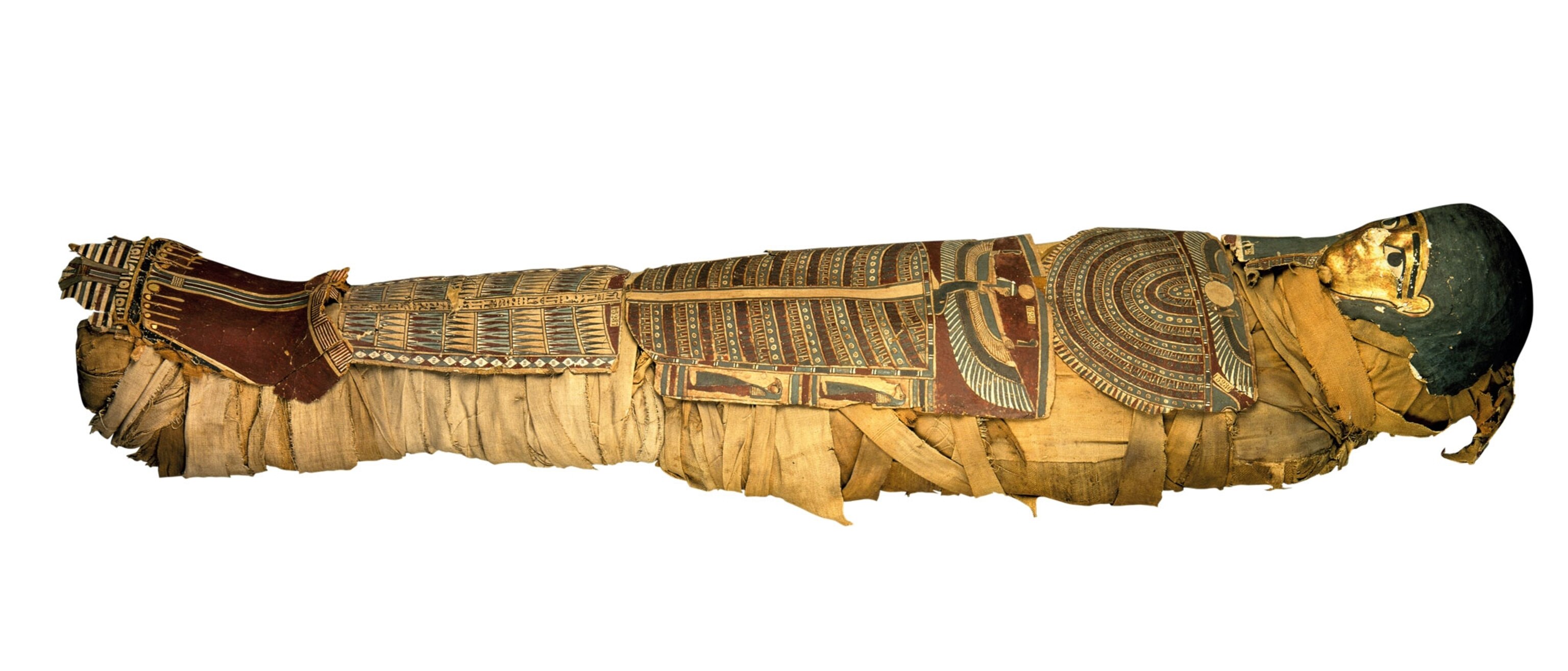
Strange medicine
Mummification was a complex, lengthy process that helped preserve the body for its journey in the afterlife. Although the process changed over time, many of its core practices remained the same. After removing the body’s internal organs, priests would use natron, a naturally occurring salt, to dry it out. Sometimes fragrant substances, like myrrh, were used to anoint the body. Oils and resins would be applied to the body, which would then be stuffed with linen rags or sawdust before being sealed and wrapped in bandages. (Learn more about the mummification process.)
Scholars have had difficulty pinning down exactly how mummies came to be used for medicine. There is evidence that Europeans believed that embalmed bodies contained otherworldly healing powers. Other scholars trace the relationship’s origin to the misconception that mummies contained bitumen, a substance long associated with healing in the ancient world.

Black, sticky, and viscous, bitumen is a form of petroleum found in areas around the Dead Sea. First-century A.D. writers Pliny the Elder and Dioscorides, as well as the second-century A.D. Galen, wrote about its healing properties. Dioscorides described one form as a liquid from Apollonia (modern Albania) known, in Persian, as mumiya. According to Pliny, it could heal wounds and a range of maladies. (These cultures also preserve their dead.)
European scholars in the Middle Ages associated bitumen with a blackish substance found in the tombs of Egypt. An 11th-century physician, Constantinus Africanus, wrote that mumiya “is a spice found in the sepulchers of the dead . . . That is best which is black, ill-smelling, shiny, and massive.”
Dark trade
Europe began to link mummies with medicine in the 15th century, in response to a robust demand for medical mumiya. Naturally occurring bitumen was rare, so enterprising merchants went hunting in Egyptian tombs for alternative supplies. When ground to a powder, those preserved bodies and their resins, oils, and aromatic substances not only had the same consistency and color as original Persian mumiya but also smelled better.
It was not always easy to acquire a mummy, so less scrupulous Eastern merchants decided to make their own. Apothecaries noticed a difference. As Guy de La Fontaine complained in 1564, after his journey to Alexandria to acquire the drug, the problem was that in many instances the mummies were modern corpses treated to resemble ancient mummies. A distinction was then drawn between primary or true mumiya and secondary or false mumiya.
The process of turning a recently deceased human being into a persuasive facsimile of an ancient Egyptian mummy was an unpleasant one. Luis de Urreta, a Spanish monk in the Dominican Order, gives a detailed account of the murderous and grim method used in his 1610 work Historia de los reynos de la Etiopía (History of the Kingdoms of Ethiopia). The procedure consisted of repeatedly starving a captive and giving him special “medications” before cutting off his head as he slept. The body was then drained of blood, filled with spices, wrapped in hay, and buried for 15 days. After exhumation, it dried in the sun for 24 hours. By the end of this gruesome process, the flesh had darkened and transformed. The monk described it as being not only cleaner and finer than that of ancient mummies but also more effective.
First Unwrapping
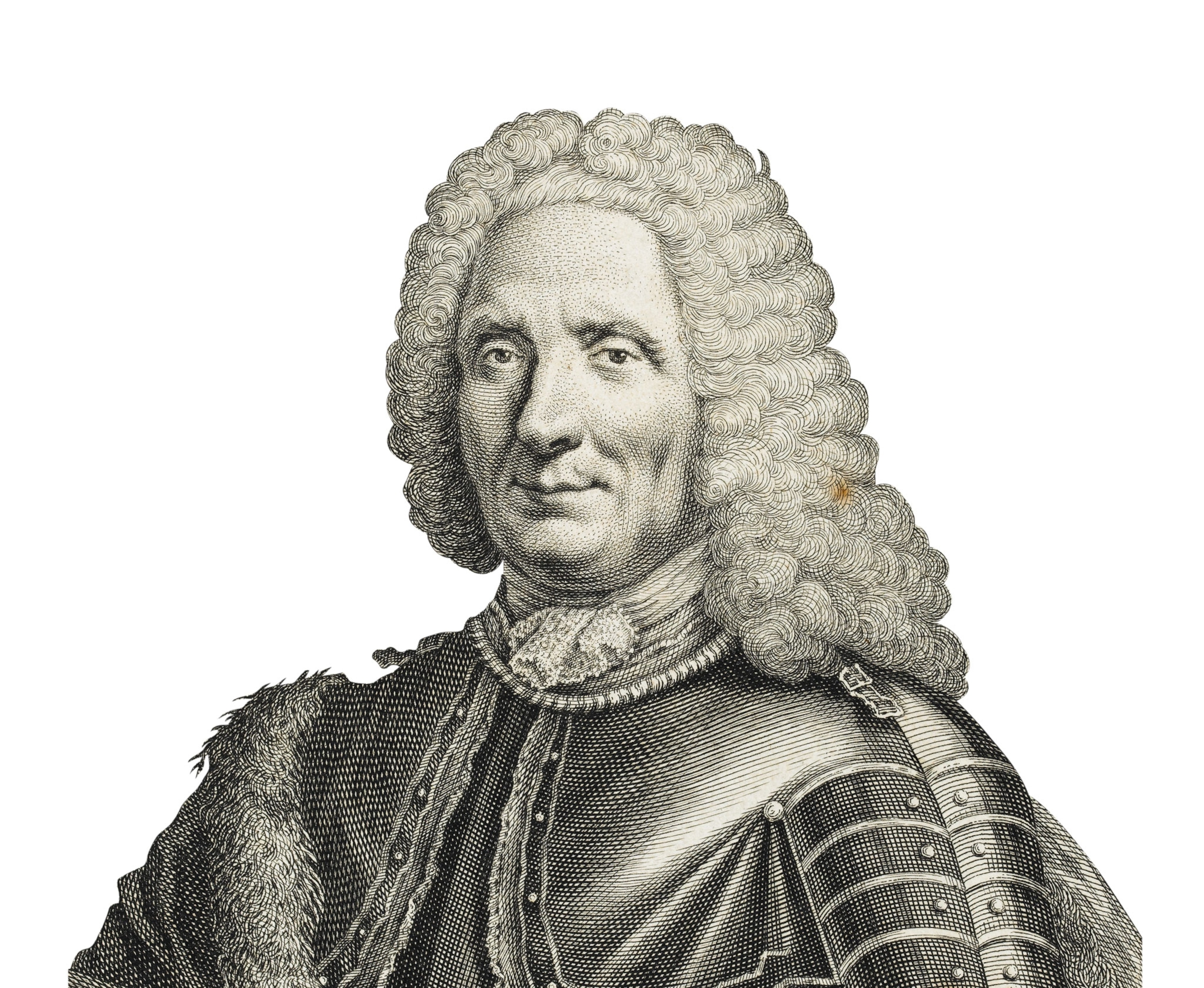
Benoîte de Maillet, the French consul in Egypt between 1692 and 1708, was the first European to stage a mummy unwrapping in front of an audience. The event took place in Cairo in September 1698. Maillet did not take notes of his process or methods, but he did detail some of the amulets and objects found among the wrappings.
Not everyone sang the praises of mumiya as a drug, regardless of whether it was “true” or “false.” As early as 1582, the Frenchman Ambroise Paré wrote in his Discours de la mumie,“the effect of this malevolent drug is such that not only does it do nothing whatsoever to improve patients, as I have seen for myself on numerous occasions among those forced to take it, but it also causes them terrible stomach pains, a foul smell in the mouth, and great vomiting, which are the origin of disorders in the blood and even make it flow from the vessels that contain it.”
Mummy brown
Europeans used ground up mummies as medicine, but they also used them in art. From at least the 16th century, a pigment called “mummy brown” was made from mummified human remains and appeared on the palettes of European artists. To mix the pigment, ground-up ancient bodies were mixed with pitch and myrrh. At the time, apothecaries, who were responsible for producing medicines made out of mummies, would often double as mixers of the pigment, making it easy to make the leap from medicine cabinet to artist’s palette.
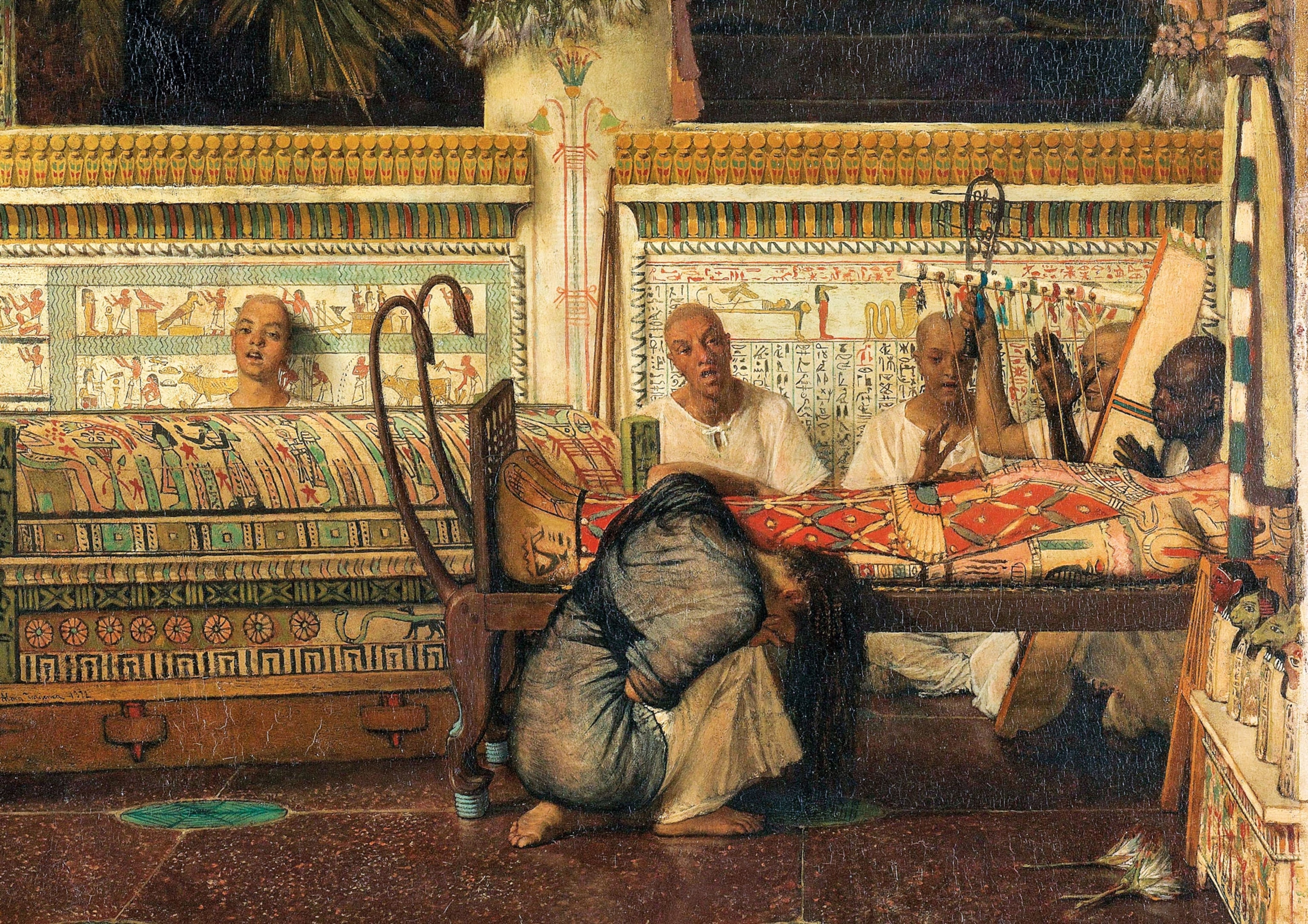
Historical records date mummy brown’s early use to the Renaissance. Painters were said to prize mummy brown for its richness and versatility; they often used it for shading, chiaroscuro, and, appropriately, flesh tones.
The Lost Pharaohs

In 1881 a hidden tomb of royal mummies was discovered at Deir el Bahri in the Theban Necropolis. The site known as the Royal Cache (or tomb DB320) was found to contain the remains of many powerful 18th- and 19th-dynasty pharaohs, including Thutmose III, Seti I, and Ramses II. Egyptologists believed they were transferred to this cache for safekeeping sometime during the 21st dynasty (11th and 10th centuries B.C.) in a successful attempt to elude looters.
How often it was used and in what specific paintings has been difficult for art historians to ascertain, but the color remained in use until the Romantic painters of the late 19th century. Many artists did keep the color in stock, such as Pre- Raphaelite painters Edward Burne-Jones and Lawrence Alma-Tadema. Eugène Delacroix, one of the greatest painters of France’s 19th-century Romantic school, is known for the large areas of shadow and gloom on his canvases, which have struck scholars as likely candidates for the use of mummy brown.
Superstitions
The economic demand for mumiya worked in parallel with the equally powerful forces of fear and superstition. Even though, from the classical period onward, the occasional Greek or Roman traveler returned home from a trip to Egypt with a mummified animal, it seems that prior to the 15th century, there was little interest in transporting mummies to Europe as mementos or collector’s objects.
Mummies were perceived as powerful spiritual objects. This lingering superstition survived well into the 20th century. Howard Carter’s 1922 discovery of the tomb of Tutankhamun inspired tales of the “mummy’s curse” that protected the pharaoh’s tomb and killed several members of Carter’s team.
This fear has deep roots in the European imagination, and preyed on the guilty minds of tomb robbers. Renaissance-era chronicles tell of Octavius Fagnola, a 16th-century Christian who converted to Islam. He had been a tomb robber in Egypt. While at work among the graves of Giza, he came across a corpse with no internal organs wrapped in an ox skin and containing a scarab, a kind of amulet that was thought to protect the heart.
Dodging the customs men and loading the mummy onto a ship bound for Italy proved to be the easy part. Halfway through the voyage, a violent storm rose up; it seemed like the ship would be lost. “The corpses of Egyptians always stir up storms,” reflected Fagnola, and consign his mummy to the waters that night.

Such stories were commonplace in 16th-century Europe, when the Christian world and the Ottoman Empire were vying for control of the Mediterranean. At the Battle of Lepanto in 1571, the Holy League defeated the Turkish fleet. Following this decisive victory, the news raced around the Mediterranean’s bustling ports, which were fertile ground for gossip. A rumor circulated that the Turks were doomed by having a mummy aboard one of their ships. The defeat that followed only served to reinforce the idea that mummies exercised a power to inflict maritime disaster on the unwary.
Fear of such objects was not enough to cause a drop in demand in Europe for medicine derived from mummies. The 16th-century Ottoman authorities who ruled Egypt enacted laws to control the trade in mummies. This measure backfired, creating a lucrative black market.
Parties and performance
By the 18th century, using mummies as medicine had fallen from favor. European attitudes toward mummies were shifting, and scholars began to be more interested in what lay under the winding sheets of a mummy’s wrappings. Unwrapping a mummy would become an event, one that could be hosted in a private home or, later, in a public theater. The first recorded account of a mummy unwrapping occurred in 1698. Benoît de Maillet, the French consul in Cairo, was the first European to delve beneath the bindings and take extensive notes. In the early 1700s, Christian Hertzog, apothecary to the Duke of Saxe-Coburg, unwrapped a mummy in front of an audience. He published his findings in the book Mumiographia, a detailed account of the artifacts found inside.
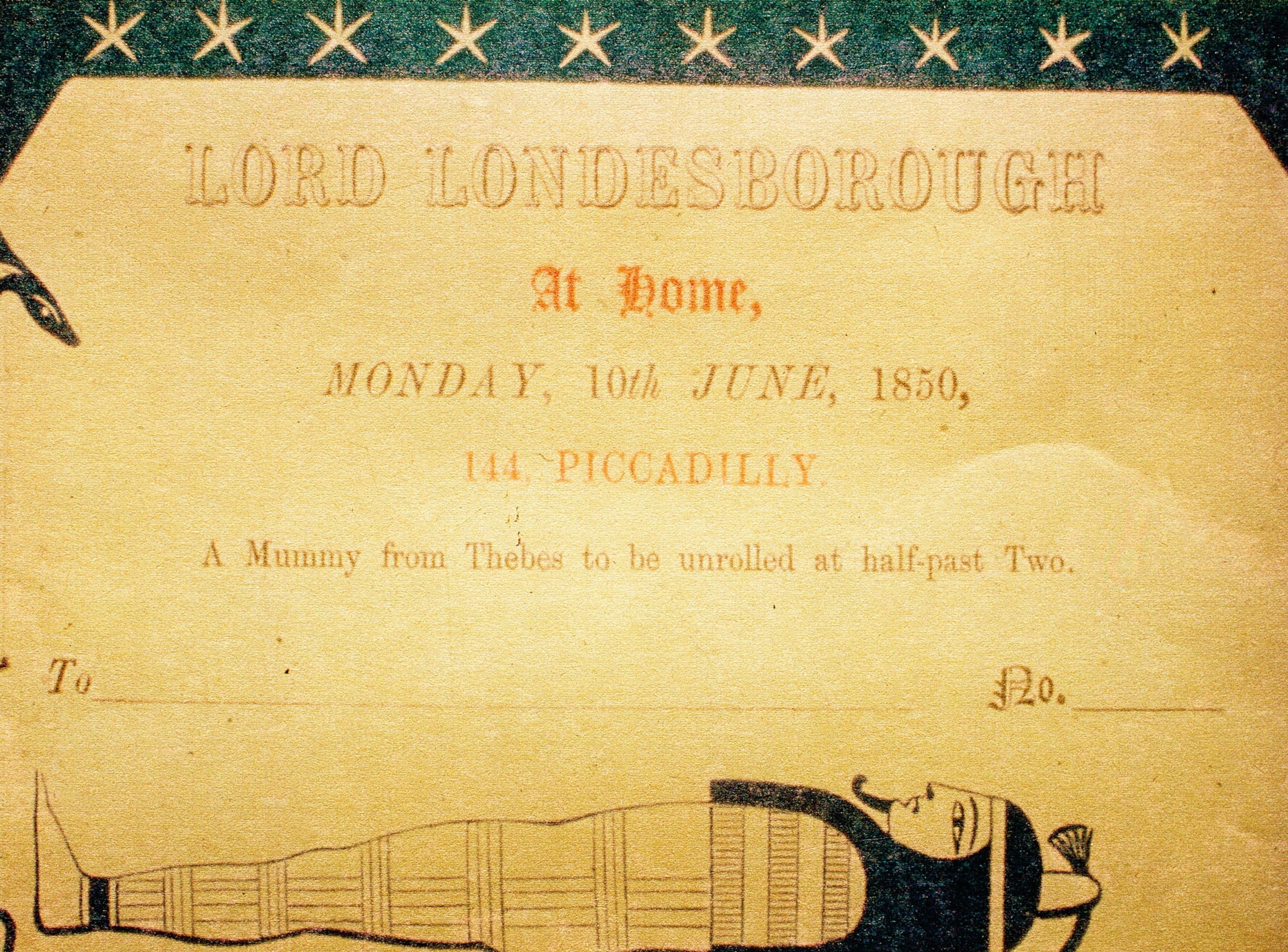
The public study of mummies continued and reached a new peak in the early 19th century after the Napoleonic Wars and English colonialism were stirring up new interest in ancient Egypt. Throughout the 19th century, public mummy unwrappings were highly popular events in England. The man who pioneered them was Thomas Pettigrew, a 19th-century English surgeon, who became known later in life as “Mummy Pettigrew.” He began his Egyptology career as assistant to Giovanni Battista Belzoni, the Italian explorer who discovered the tomb of Seti I in 1817. An astonishing find, the tomb was missing its mummy.
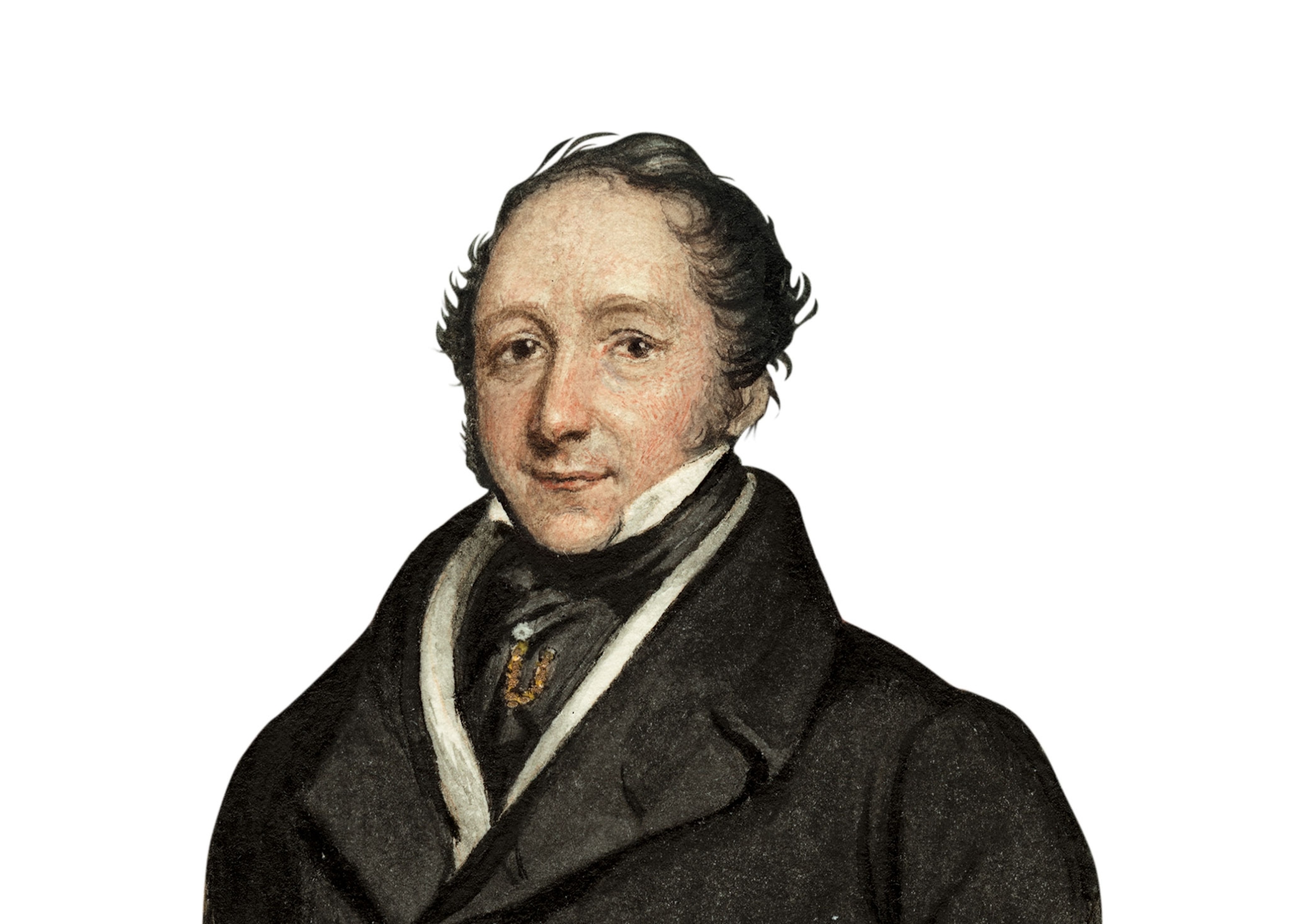
As part of an exhibition of reliefs from Seti’s tomb, Belzoni, aided by Pettigrew, unwrapped a mummy before a group of physicians in 1821. Pettigrew became fascinated himself and began a lifelong career in the study of Egypt. In 1834 he published a treatise on mummies that included descriptions of the objects found inside.
Pettigrew’s public dissections of mummies were wildly popular in the 1830s. Spectators were left spellbound or nauseated as the face—gaunt and desiccated but nevertheless that of a recognizable human being, dead for many thousands of years—was gradually revealed from beneath its protective garments.
After noting that one individual had a large bone tumor, Pettigrew began to see how a mummy was a record of a real person. He understood that his investigations could reconstruct the details of an individual life. Pettigrew’s insight moved the study of mummies away from pure public spectacle (though it partly remained that) and into the realm of scientific analysis. His A History of Egyptian Mummies is considered as one of the founding texts of Egyptology.
In the late 19th and early 20th centuries, a series of important archaeological discoveries provided new insights as Egyptology was developing into a more formal discipline. In 1881 a huge cache of royal mummies from the New Kingdom—including Seti I’s missing body— was discovered in the Theban Necropolis, followed in 1898 by the tomb of Amenhotep II in the Valley of the Kings. Many of these mummies were unwrapped, but their physical appearances and any artifacts were carefully documented according to the academic practices of the time. (See nine photographs of extraordinary mummies from around the world.)
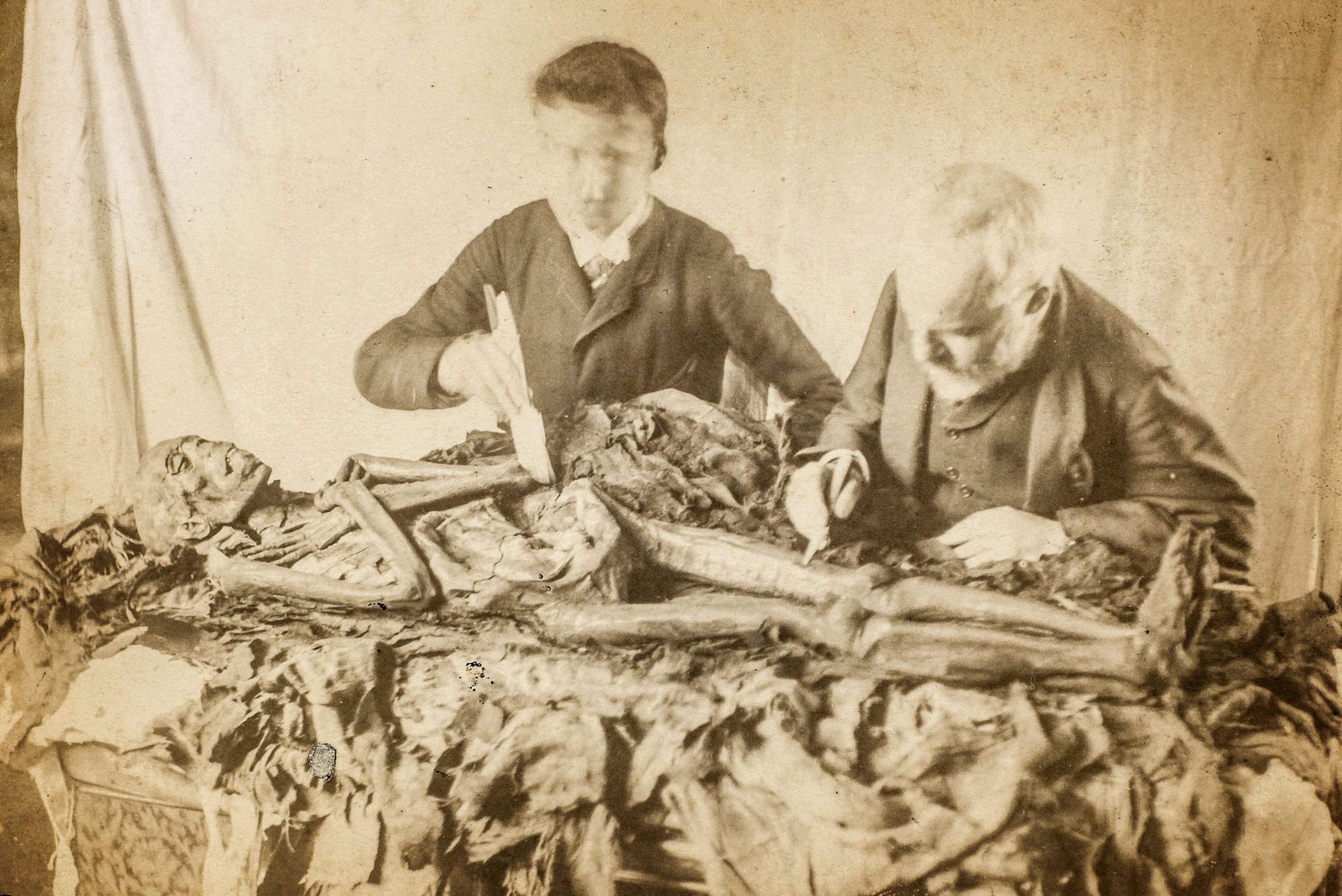
In the early 1900s new methods for studying mummies came into practice. Grafton Elliot Smith, an anatomist at the Cairo School of Medicine, photographed the royal mummies. His 1912 book, Catalogue of the Royal Mummies in the Museum of Cairo, is still used as a reference. Smith was the first to use x-rays on mummies.
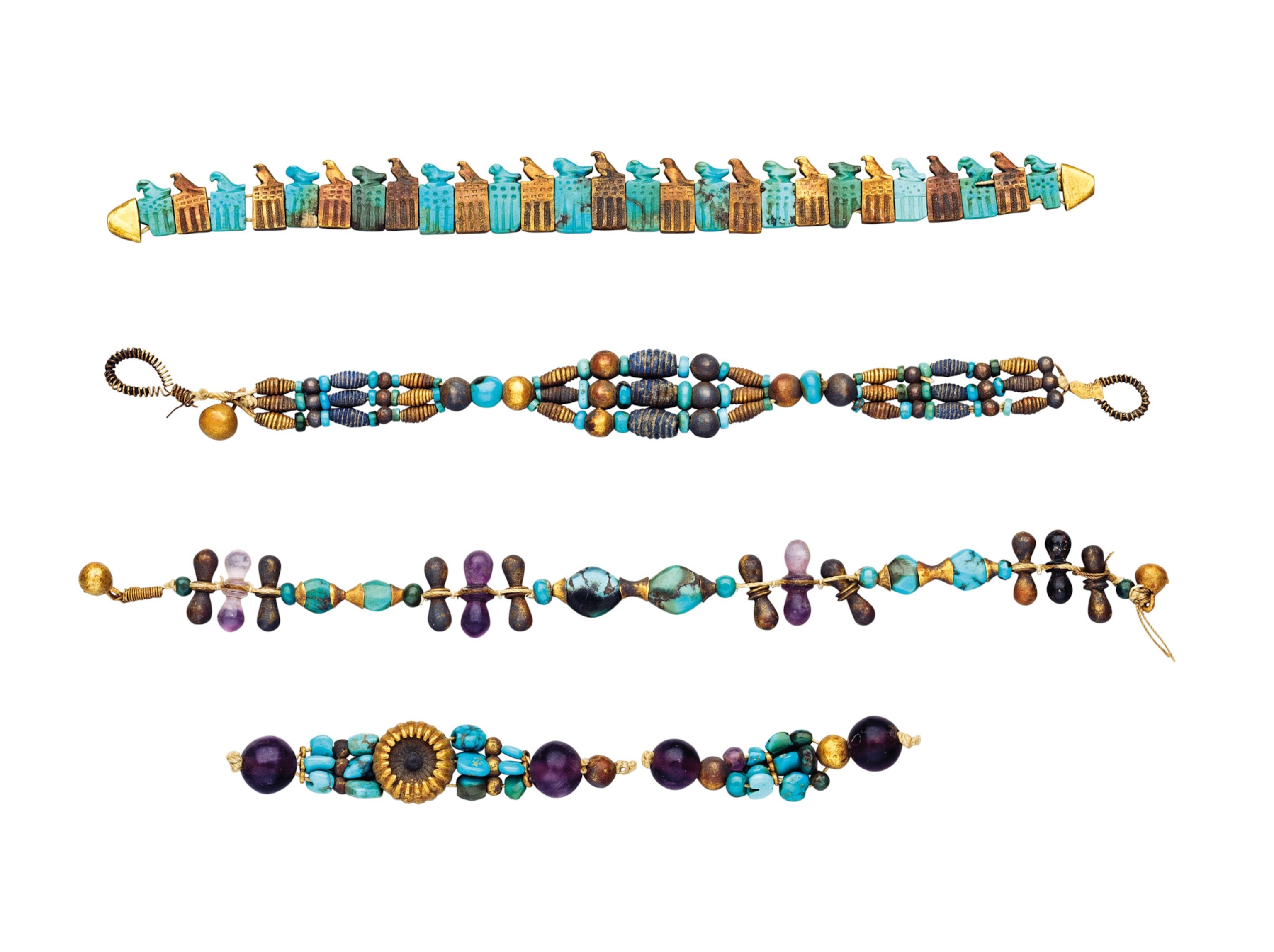
Mummies were beginning to be seen as precious repositories of knowledge in addition to being human remains that demanded respect. Some old habits died hard, however. As late as 1900, a tomb believed to hold Pharaoh Djer, who died circa 3055 B.C., was excavated. Djer is thought to be the third king from the 1st dynasty, one of the first rulers to preside over a unified Egypt. Yet when a mummified arm, complete with bracelets, was found, the jewelry was carefully removed and preserved. As for the arm, it was noted, photographed, and thrown in the trash—an act that would fill modern scholars with horror and outrage.

